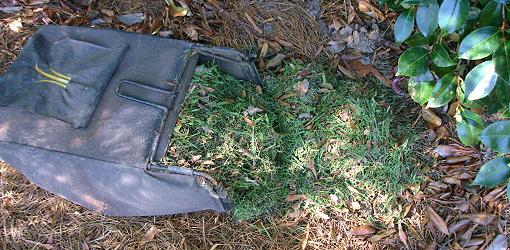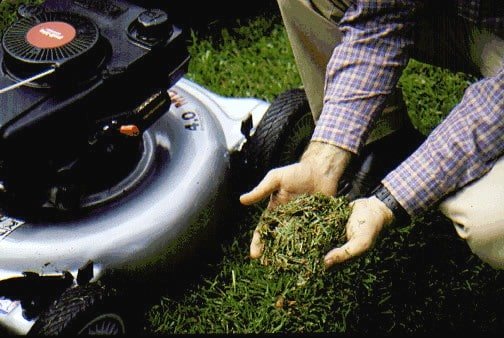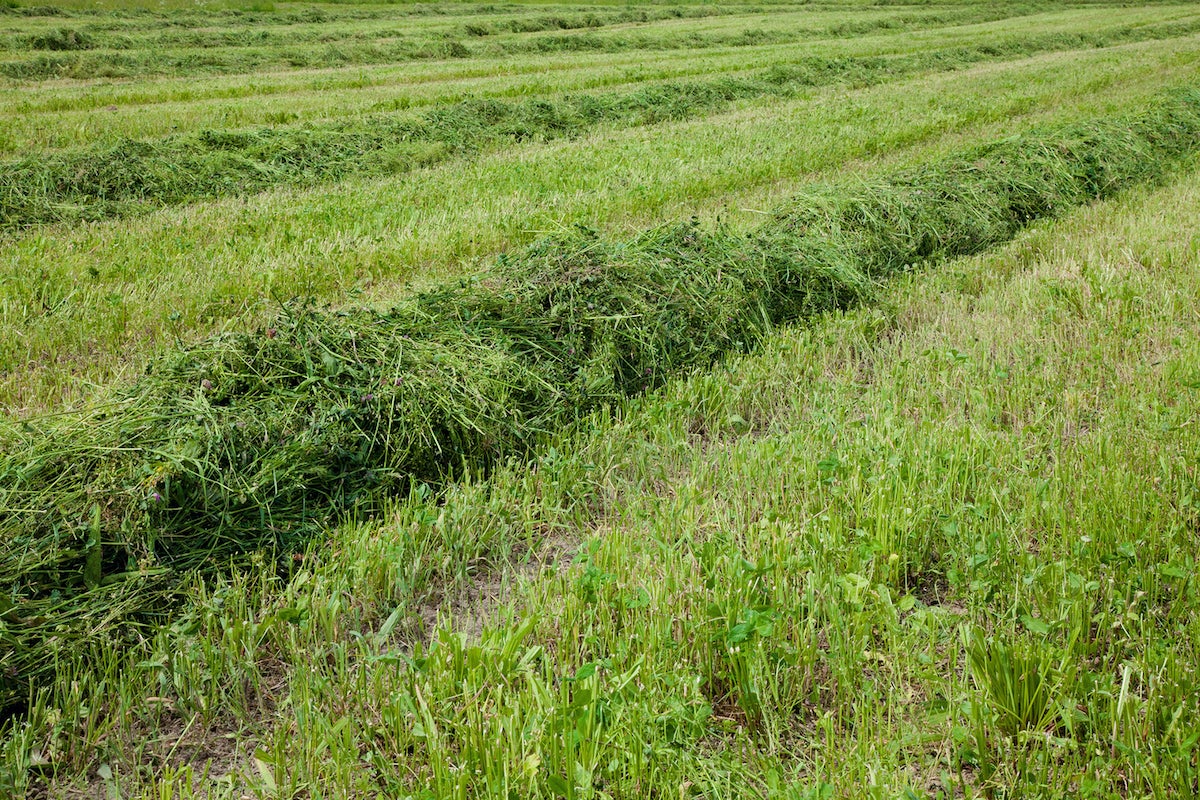


Under ideal circumstances, these diseases can Numerous bacterial, fungal, viral, and nematodeĭiseases can harm peas. Peas areįrequently planted during the cold season since they are typically the firstĬrop sown in the spring, a feature of their agronomy that has consequencesįor disease management. Processing peas or as dry peas for human or animal nutrition. Peas (Pisum sativum L.) are farmed all over the world as fresh turnips), treatments having greater impact on CRF (e.g. But for brassicas, where CRF directly damages the produce (e.g. cauliflower) the tested low risk CRF management tools might be adequate. We conclude that for brassicas where the CRF damaged parts are not consumed (e.g.
MULCH GRASS CLIPPINGS PS2
Plants from the greenhouse also exhibited higher maximum quantum efficiency of PS2 photochemistry and electron transport rate as well as promoted growth when inoculated with M. A significant increase of Mg and N concentrations was detected in Metarhizium-treated plants when grown in the greenhouse whereas no different nutritional values in plant tissue were observed in field grown plants. brunneum colonized the rhizosphere of broccoli plants but did not show endophytic characteristics. Neither fungi nor straw mulch or nitrogen lime decreased CRF pressure significantly, but spinosad did. brunneum treated plants were examined under field and/or greenhouse conditions. Furthermore, rhizosphere competence and endophytism, mineral uptake, chlorophyll a fluorescence, and growth parameters of M. Spinosad-based insecticide was used as a positive control, because of its known efficacy against CRF. In this study the influence of two strains of the entomopathogenic fungi Metarhizium brunneum and Beauveria bassiana (Hypocreales), straw mulch, and nitrogen lime were investigated in regard to CRF and root damage reduction in field trials. The cabbage root fly (CRF Delia radicum) is currently difficult to control as insufficient plant protection products are available, especially in organic farming. These findings will serve as building blocks for a sustainable pest management plan that is appropriate for organic production of Amaranthus spp. Conversely, leaf yields in the mulched plots were 50% less than recorded in the zero-mulch counterpart, with Green Callaloo variety recording the lowest. The amaranth varieties Molten fire and Green Callaloo recorded the lowest and the highest beetle population commensurate with low, and high leaf damage, respectively. glabrata population was 60% higher in plots with mulch compared to plots without. glabrata, grown with, and without, mulch.

We studied IPM approaches, suitable for organic production of amaranth by screening nine amaranth varieties for resistance to the flea beetle (FB), D. Integrated pest management (IPM), which is a cost effective and environmentally friendly approach is still under-exploited in vegetable production by small growers. Chemical insecticides are generally applied for pest control despite their known risks to health and the environment. Production is however hampered by insect pests such as the flea beetle (FB), Disonycha glabrata (Coleoptera: Chrysomelidae), that cause significant yield reduction. All these effects were most pronounced when the mulch material completely covered the ground, even close to the stems of the plants.Īmaranth (Amaranthus spp.) is an increasingly high-valued niche vegetable crop among small organic growers in North Carolina, due to its increasing demand among diverse immigrant groups. Mulching decreased the rate of parasitization by Aleochara bilineata (Staphylinidae), resulting in a higher number of healthy pupae per plant in grass‐mulched plots, and these healthy pupae were heavier. floralis pupae per plant was not reduced by mulching, probably because of higher larval mortality owing to competition in unmulched plots. Mulching did not reduce egg‐laying but resulted in increased egg‐predation. During one of these years, the effects of mulching with grass‐clippings on root fly population dynamics was also studied. Mulching with grass‐clippings consistently resulted in increased yield and reduced damage by root maggots, as measured by wilting symptoms and root damage. radicum) in cauliflower, were studied in field experiments for 3 years. The effects of mulching with organic materials on yield and damage by brassica root maggots (Delia floralis and D.


 0 kommentar(er)
0 kommentar(er)
